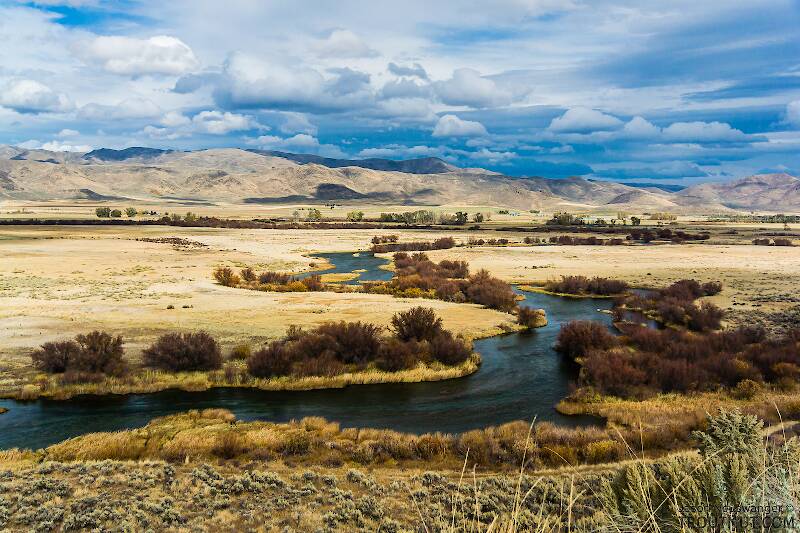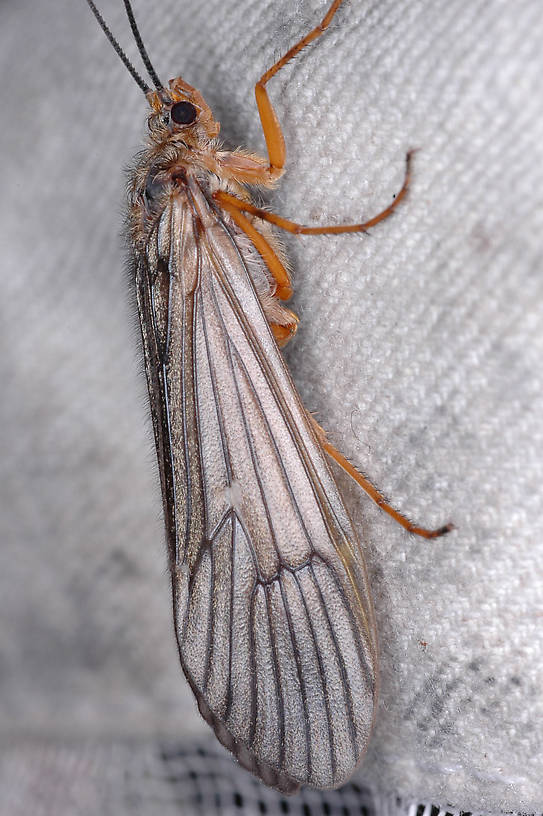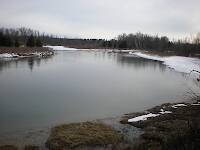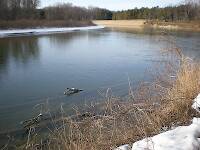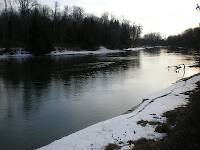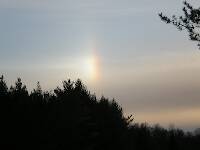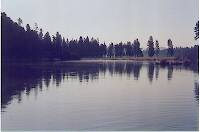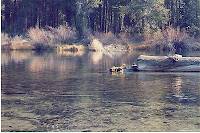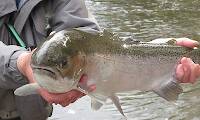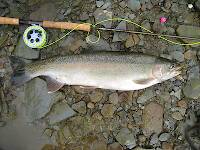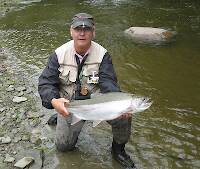
Blue-winged Olives
Baetis
Tiny Baetis mayflies are perhaps the most commonly encountered and imitated by anglers on all American trout streams due to their great abundance, widespread distribution, and trout-friendly emergence habits.
Featured on the forum

This species was fairly abundant in a February sample of the upper Yakima.

Troutnut is a project started in 2003 by salmonid ecologist Jason "Troutnut" Neuswanger to help anglers and
fly tyers unabashedly embrace the entomological side of the sport. Learn more about Troutnut or
support the project for an enhanced experience here.
Gutcutter on Sep 8, 2011September 8th, 2011, 2:40 pm EDT
Is this the same large caddis that hatches in early October in Central PA? I don't recall them being that "orange", but the size is about right.
All men who fish may in turn be divided into two parts: those who fish for trout and those who don't. Trout fishermen are a race apart: they are a dedicated crew- indolent, improvident, and quietly mad.
-Robert Traver, Trout Madness
-Robert Traver, Trout Madness
Taxon on Sep 8, 2011September 8th, 2011, 3:55 pm EDT
Tony-
Dicosmoecus is a genus found in the Pacific (NW and SW). You may be thinking of Pycnopsyche, a fall emerger in PA.
Dicosmoecus is a genus found in the Pacific (NW and SW). You may be thinking of Pycnopsyche, a fall emerger in PA.
Sayfu
Posts: 560
Posts: 560
Sayfu on Sep 8, 2011September 8th, 2011, 3:57 pm EDT
Dunno about Penn., but sure looks like Dicosmoecus that hatches out on many of our Western rivers. A popular steelhead pattern is an elk-haired skittered, swinging dry tied with a burnt orange body is how we describe the body color..tied on a #6 steelhead hook, or there abouts. It is also a very popular pattern for trout in a slightly smaller pattern fished mainly dead drifted. I generally see the adults on the water later in the day.
Quick Reply
Related Discussions
Topic
Replies
Last Reply
Re: You Western anglers - any experience with the Giant Orange Sedges?
In the Caddisfly Genus Dicosmoecus by Troutnut
In the Caddisfly Genus Dicosmoecus by Troutnut
7
Jan 7, 2009
by Dgracia
by Dgracia
2
Sep 20, 2020
by Creno
by Creno
7
Mar 1, 2011
by Pryal74
by Pryal74
19
Oct 24, 2008
by Jack_k
by Jack_k
14
Sep 26, 2013
by Crepuscular
by Crepuscular
22
Jun 14, 2012
by Shanti
by Shanti

